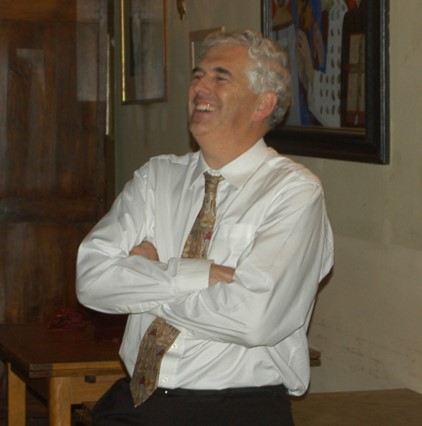2018 Volume No 35 – pages 255-267
Title: Impact of human platelet lysate on the expansion and chondrogenic capacity of cultured human chondrocytes for cartilage cell therapy |
Authors: JG Sykes, JH Kuiper, JB Richardson, S Roberts, KT Wright, NJ Kuiper |
Address: Institute of Science and Technology in Medicine (ISTM), University of Keele, Arthritis Research Centre, The Robert Jones & Agnes Hunt Orthopaedic Hospital, Oswestry, Shropshire, SY10 7AG, UK. |
E-mail: n.j.kuiper at keele.ac.uk
|
Abstract: High hopes have been pinned on regenerative medicine strategies in order to prevent the progression of cartilage damage to osteoarthritis, particularly by autologous chondrocyte implantation (ACI). The loss of chondrocyte phenotype during in vitro monolayer expansion, a necessary step to obtain sufficient cell numbers, may be a key limitation in ACI. In this study, it was determined whether a shorter monolayer expansion approach could improve chondrogenic differentiation. The effects of two supplement types, foetal bovine serum (FBS) and Stemulate™ (a commercial source of human platelet lysate), on the expansion and re-differentiation potential of human chondrocytes, isolated from five individuals, were compared. Chondrocytes were expanded with 10 % FBS or 10 % Stemulate™. Pellets were cultured for 28 d in chondrogenic differentiation medium and assessed for the presence of cartilage matrix molecules and genes associated with chondrogenicity. Stemulate™ significantly enhanced the proliferation rate [average population doubling times: FBS, 25.07 ± 6.98 d (standard error of the mean, SEM) vs. Stemulate™, 13.10 ± 2.57 d (SEM)]. Sulphated glycosaminoglycans (sGAG), total collagen and qRT-PCR analyses of cartilage genes showed that FBS-expanded chondrocytes demonstrated significantly better chondrogenic capacity than Stemulate™-expanded chondrocytes. Histologically, FBS-expanded chondrocyte pellets appeared to be more stable, with a more intense staining for toluidine blue, indicating a greater chondrogenic capacity. Although Stemulate™ positively influenced chondrocyte proliferation, it had a negative effect on chondrogenic differentiation potential. This suggested that, in the treatment of cartilage defects, Stemulate™ might not be the ideal supplement for expanding chondrocytes (which maintained a chondrocyte phenotype) and, hence, for cell therapies (including ACI). |
Key Words: Human platelet lysate, Stemulate™, foetal bovine serum, human chondrocytes, cartilage, autologous chondrocyte implantation |
Publication date: May 2nd 2018 |
Article download: Pages
255-267 |
Professor James Bruce Richardson MBChB FRCS MD (1955-2018)
Chair of Orthopaedic and Trauma Surgery, University of Keele, Staffordshire UK
 |
James died suddenly on 18th February 2018, aged 62, whilst on holiday in India with his wife. James was highly regarded in the orthopaedic and research fields and this has been clearly reflected by the swell of clinicians and scientists from all over the world sending their condolences and thoughts to his family and friends. This has been a huge comfort to them. |
At Oswestry and Keele, James worked closely with the research team developing collaborations and strong friendships. He was integral in arranging UK and European funding, including the Arthritis Research UK Centre of Excellence in Tissue Engineering, clinical trials and several international conferences held at Oswestry. His passion was always to find a means of re-growing cartilage via cell therapy to help his patients. His drive, enthusiasm and unstoppable curiosity enriched the lives of colleagues, patients and friends.
With the Oswestry team, James used autologous chondrocytes for cartilage defects and mesenchymal stem cells for non-union fractures. In 2016, James’ outstanding achievements in cell therapy were acknowledged with the TERMIS EU Clinical Translation Award. When we lost James, he had been at the forefront of cell therapy work for almost 20 years. In November 2017, James received an Inspirational Leadership award from the Chief Executive at the Robert Jones and Agnes Hunt Orthopaedic Hospital, Oswestry to celebrate the decision by the National Institute for Health and Care Excellence (NICE) to finally approve autologous chondrocyte implantation (ACI) for use at Oswestry after 20 years of trials at many different UK hospitals.
James really was an inspiration to us all. He probably had the next decade of research mapped out in his mind and it’s a tragedy that his involvement in that exciting journey has been cruelly cut short.
Nicola Kuiper, Sally Roberts, Karina Wright, Jessica Sykes, Jan Herman Kuiper

